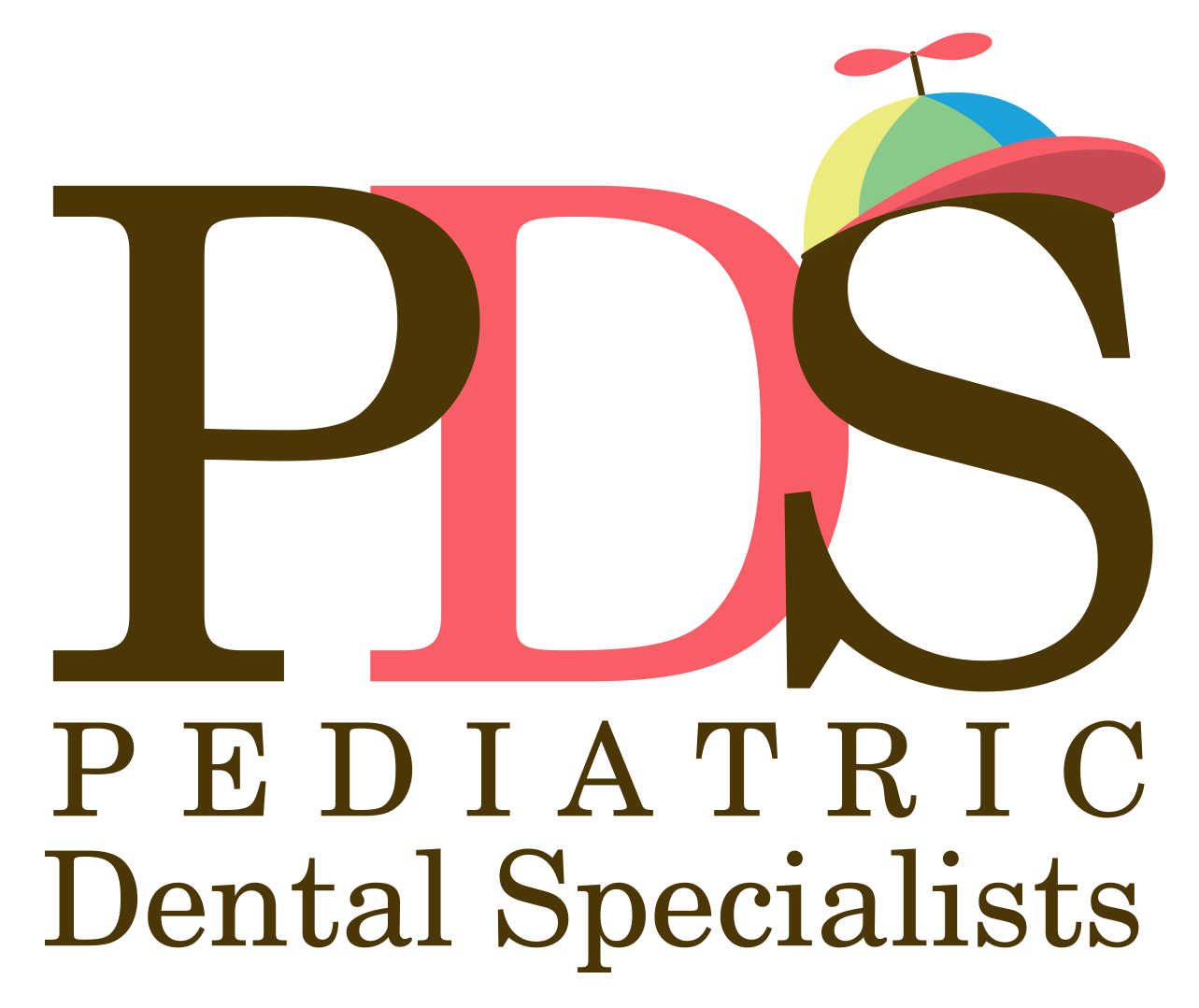If you have a life-threatening or severe injury, call 911 or go directly to the nearest hospital emergency room.
We treat a variety of traumatic dental injuries, including teeth that have been chipped, moved, or knocked out entirely. information on the most common types of dental injuries and how they’re handled are listed below.
Knocked Out Tooth
If your child completely knocks out a tooth, it is important to see a dentist as soon as possible. Retrieve the tooth by touching it by the crown only, not the root. If it has been on the ground, gently rinse it off, do not scrape or scrub the tooth. If possible, place the tooth back into its socket (making sure it is in the proper orientation), and apply gentle, sustained pressure to the area for five minutes. Use wet tissue or a cloth to help grasp and hold the tooth in place. If it isn't possible to reimplant the tooth, and your child is old enough, have them put the tooth in their cheek. If they are too young to keep it in their cheek safely, place it in a plastic bag with their saliva or keep it in a glass of milk until you arrive at the dentist. Keeping the tooth wet is very important for reimplantation. Primary (baby) teeth don’t usually need to be reimplanted.
Dental Intrusion (tooth pushed into GUMS)
Sometimes instead of a tooth being knocked out, it can be pushed into the gums. In many cases the tooth may re-erupt naturally. In some cases however, the tooth socket can fracture and treatment may be needed to help reposition the tooth. If you think your child’s tooth has been pushed into the gums, rinse your child’s mouth with cold water. Then use ice packs to reduce swelling, a pediatrician-approved pain reliever, and call our office.
Tooth Displacement
If your child has an injury and you notice that their tooth is crooked, they may have had the tooth displaced. A displaced tooth is still in the socket, but there could be a fracture in the bone as well. If this type of injury happens to a permanent tooth, it is important to schedule a visit to our office to make sure the tooth isn’t at risk of being permanently damaged.
chipped or Broken Tooth
The crown is the visible and most vulnerable part of the tooth. In the event of a crown fracture, a dental radiograph can be taken to determine the extent of the injury. If the chip or break has gone deeper than the enamel, the surrounding dental tissue can become irritated or infected. Try to locate any pieces of the tooth that have come off, as it may be possible to reattach them to the crown with tooth-colored bonding material.

